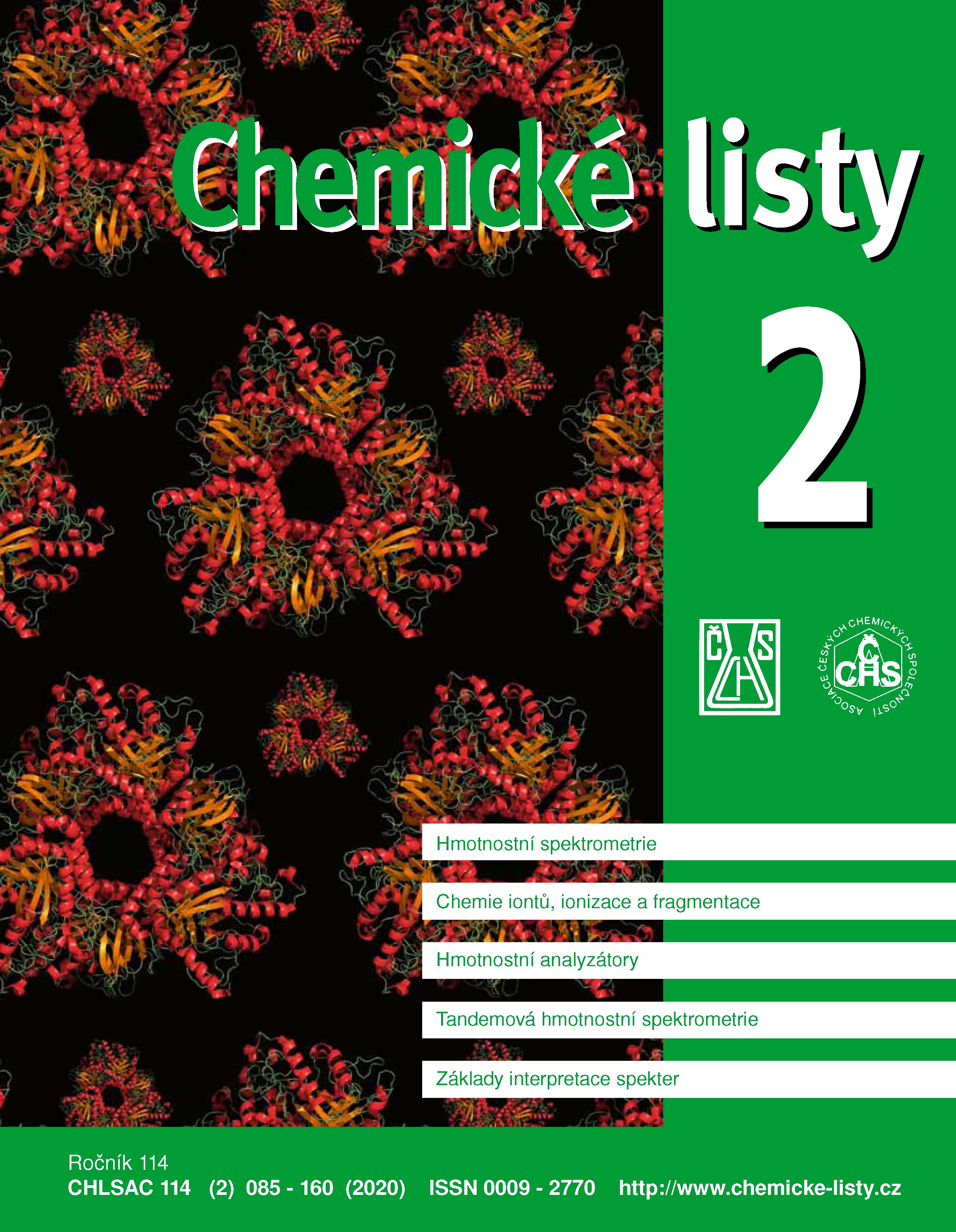Auxiliary Methods in Mass Spectrometry
Keywords:
action spectroscopy, photodissociation, excited states, cytosine, guanine, adenine, thymine, uracil, synchrotron SOLEIL, ion-molecule complexes, linear accelerator, free-electron laser FELIX, anharmonic vibrational modes, accelerator mass spectrometry, elemental analysis, isotopes, negative ions, Cs⁺ primary ions, magnetic sector analyzer, secular equilibrium principle, ¹⁴C isotopeAbstract
This chapter deals with two special auxiliary methods used in mass spectrometry. The first one is photodissociation action spectroscopy in the infrared, visible, and ultraviolet region. Discussed are methods utilizing single-photon and multiphoton excitation schemes that are illustrated by example spectra. Combination action spectroscopy methods such as tagging with atoms or molecules and dip spectroscopy are briefly mentioned. The other part introduces the basics of accelerator mass spectrometry. Instrumentation methods for ion formation, charge stripping, and detection are described. The applications are illustrated by radiocarbon dating.





